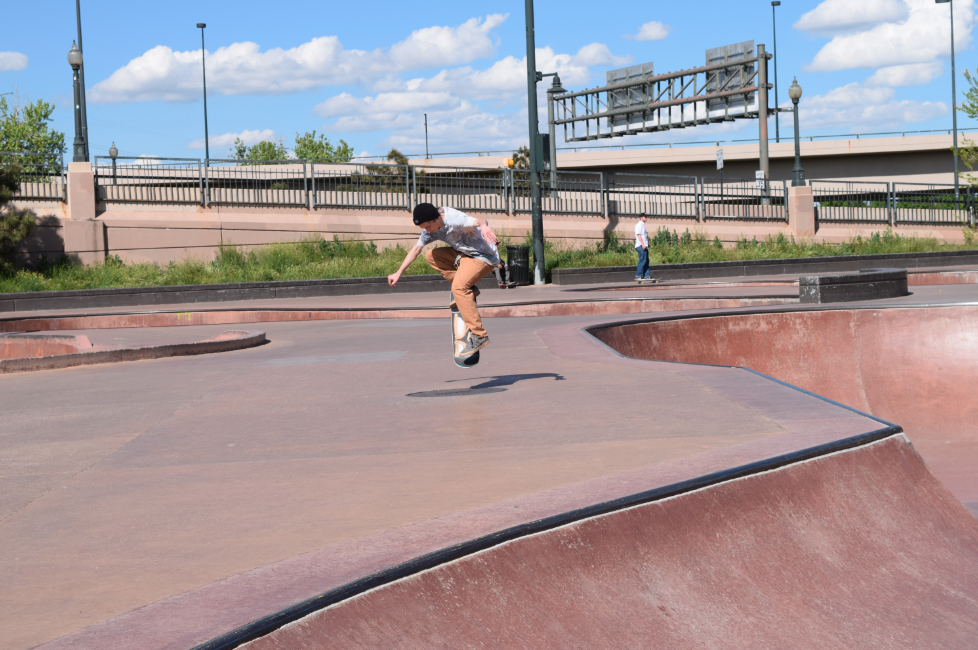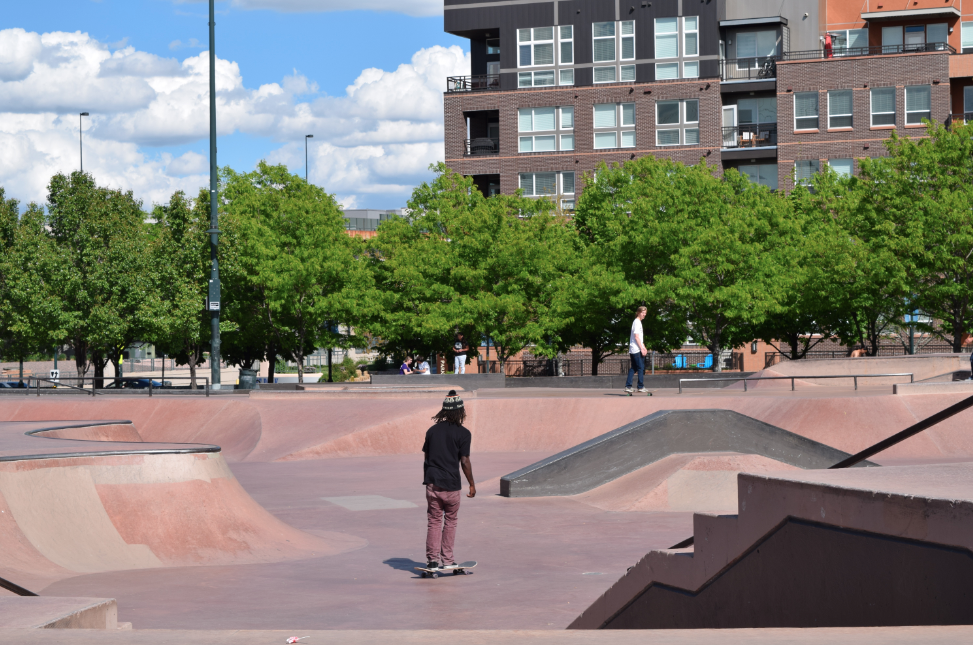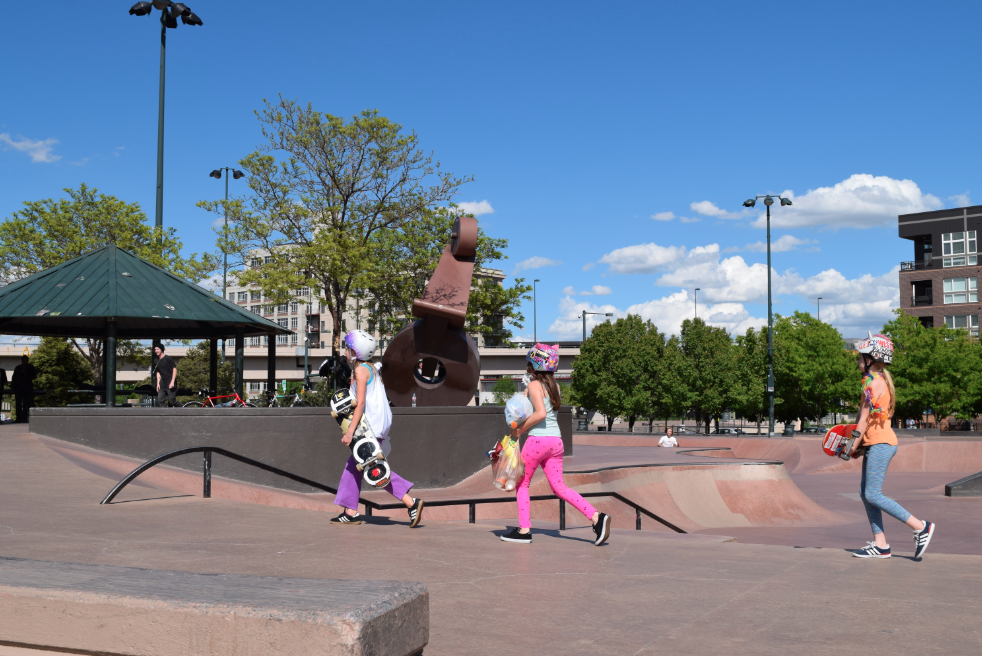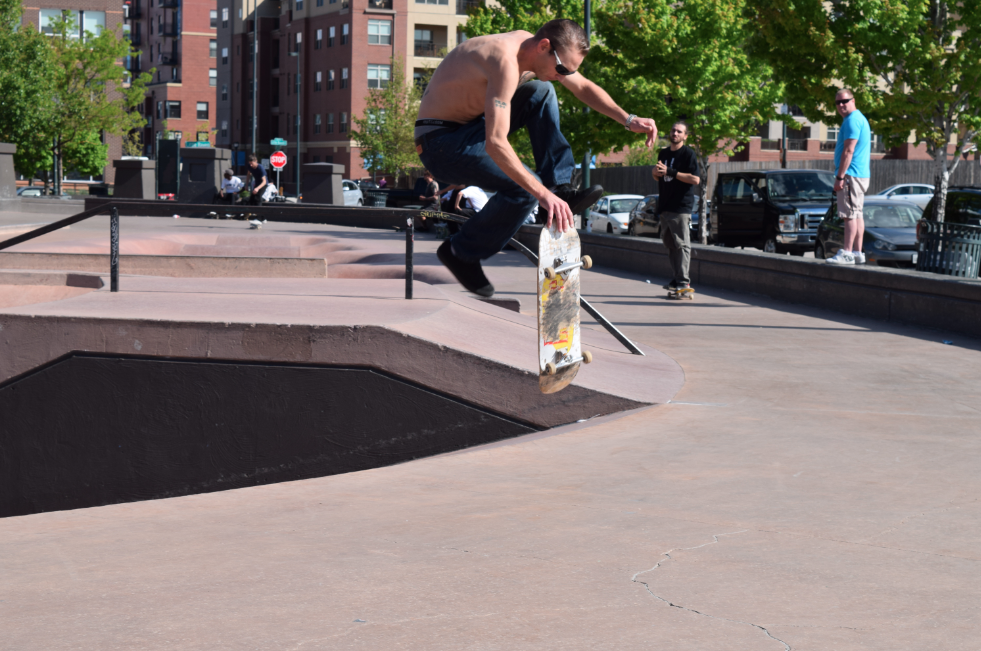With the culmination of spring quarter comes the end of an era: the #digitaljournos tweets that have been keeping you updated since mid-March. From the birth of the hashtag to the mastering of Adobe Photoshop and throughout a Sarah Koenig-esque GarageBand session or two, the finale of Online and Visual Journalism has arrived simultaneous to news that rock music is becoming extinct, Detroit barely has Internet access, Zuckerberg wants to get personal and a change in the way Apple’s fingerprint privacy setting works, all from the New York Times.
Marching Music: More Memorable Than Rock’n’Roll
This week, the New York Times endeavored to quantify musical legends that have a chance at standing the test of time–and the late 1900’s love, rock’n’roll, didn’t make the cut. According to author, Chuck Klosterman, marching music, that is, the sweet sounds of Semper Fidelis, and reggae with its king, Bob Marley, are more likely to be remembered than any of the pre-millennial generation’s beloved headbangers. Apparently, this is because of the myriad of Metallica types and the ability of none to cohesively and outstandingly rise above the rest to engrain themselves into the genre. Although, like Klosterman said, “Pretty much from the moment it came into being, people who liked rock insisted it was dying.”
A Digitally Divided Detroit
Not unbeknownst to most of the American workforce, Detroit is a pillar of the American economy that has been crumbling since the start of the recession in 2008 with consistently high unemployment rates. Now, even more devastatingly, the New York Times has reported another reason for Detroit’s employment crisis: an overwhelmingly large gap between citizens with Internet access and citizens without. Those without access to any online technology or services are unable to search for and apply for jobs. This “digital divide” is separating those that are already unemployed even further; they can’t afford broadband access to check for e-mails from potential employers because they can barely afford food and rent. According to author, Cecilia Kang, over half the city is living in poverty, the skills gap is increasing without Internet access and any possible solutions aren’t currently viable.
Zuckerberg Sucking Facebook’s Privacy in the Fine Print
Another development in the world of digital journalism that arose this week was publicized by the New York Times and accuses Facebook of having a one-way mirror into its users’ private lives. Allegedly, in Facebook’s fine print, which users accept as ‘terms and conditions’ upon signing up, there is essentially a waiver that gives the social network and its advertisers access to your personal information. Although this is not news, author, Jim Rutenberg opens this discussion as a reflection on how much trust users are giving the site without really receiving anything in return. On the surface this may seem trivial, but Facebook is rapidly gaining political and international influence, making privacy and access to personal information a concern for, literally, millions.
Fingerprint Fivefold: Practical for Privacy?
This week’s tech tip from the New York Times informed readers that one new feature of Apple’s iPhone is an increase in the number of fingerprints that can be registered for its TouchID feature. Now up to five fingerprints from different people can be programmed for recognition in unlocking the smart phones. Fingerprints can be added, erased and named now, making phone access available to spouses, parents and other friends or family if one chooses. However, only months after the Apple vs. FBI privacy push, users of the smart products are nervous that this may be a mechanism for Apple to appease the government by underhandedly increasing possibilities for access to phones.
Since Last Time, Since Its The Last Time
Over the last few weeks, in watching how news has developed and which events are getting coverage, some observations may be worth noting. Personal privacy, especially in the digital world, is on many people’s minds and is being talked about daily. The media has started to cover Donald Trump less as America gets closer to the polls. Finally, recent comparisons of the Vietnam War and the still ongoing War on Terror have surged.
So, while the term may be ending, students in DU’s MFJS department’s coverage of the news will not be. Starting with my video production, Downtown Skate: The Denver Skate Park, your knowledge about one of Denver’s hidden gems and cultural pockets will kickflip your summer in the right direction. If you get even more curious, my entire Online and Visual Journalism portfolio, as well as other projects and works I’ve completed can be found on my blog: evansepaige.wordpress.com , and don’t worry I’ll be here to keep you updated all summer long. #TTYL
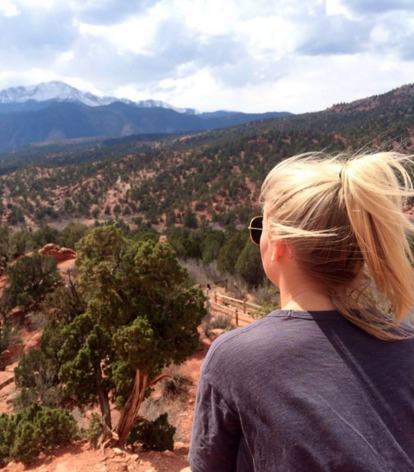
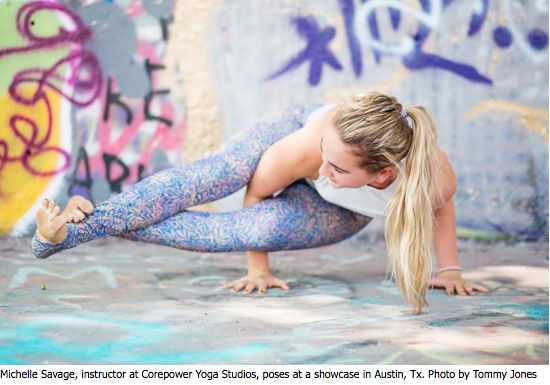
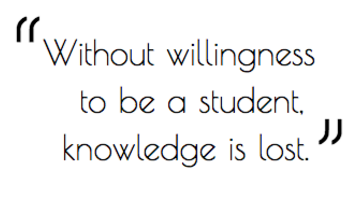
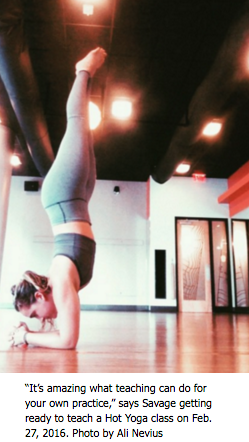 students to yogis city-by-city while defying
students to yogis city-by-city while defying 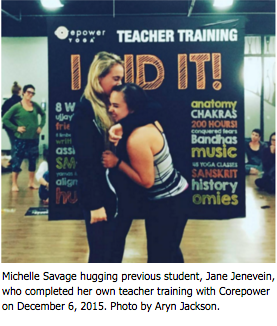 self-described, shallow assessment of body shape. She says of her mental transformation, “I truly believe that becoming a teacher facilitated my maturing from a self-conscious, perfection-driven girl, into a more loving, accepting, humble young woman.” In agreement, the crowd of men and women in Corepower’s lobby, preparing for CoreCardio Training attributed their self-love to yoga, saying they would be different people without having dove headfirst into yogic philosophy.
self-described, shallow assessment of body shape. She says of her mental transformation, “I truly believe that becoming a teacher facilitated my maturing from a self-conscious, perfection-driven girl, into a more loving, accepting, humble young woman.” In agreement, the crowd of men and women in Corepower’s lobby, preparing for CoreCardio Training attributed their self-love to yoga, saying they would be different people without having dove headfirst into yogic philosophy.  practiced the lifestyle. Since then she has been inspired and never looked back. Intrigued by a never-enough-knowledge mentality surrounding the limits of the human body and the way posture and body position can provoke a range of emotions, Savage feels a connection with other Corepower Yoga teachers through this fascination. Such a compulsion for the knowledge of bodily interactions with the mind and spirit inspired Savage and, upon ending the conversation, she smiled and said, “Well, what would you have done if you went to try a new workout class and found your passion?”
practiced the lifestyle. Since then she has been inspired and never looked back. Intrigued by a never-enough-knowledge mentality surrounding the limits of the human body and the way posture and body position can provoke a range of emotions, Savage feels a connection with other Corepower Yoga teachers through this fascination. Such a compulsion for the knowledge of bodily interactions with the mind and spirit inspired Savage and, upon ending the conversation, she smiled and said, “Well, what would you have done if you went to try a new workout class and found your passion?” 